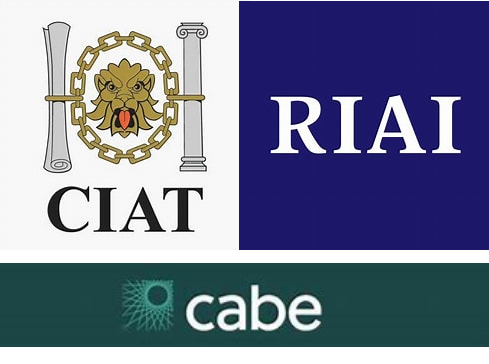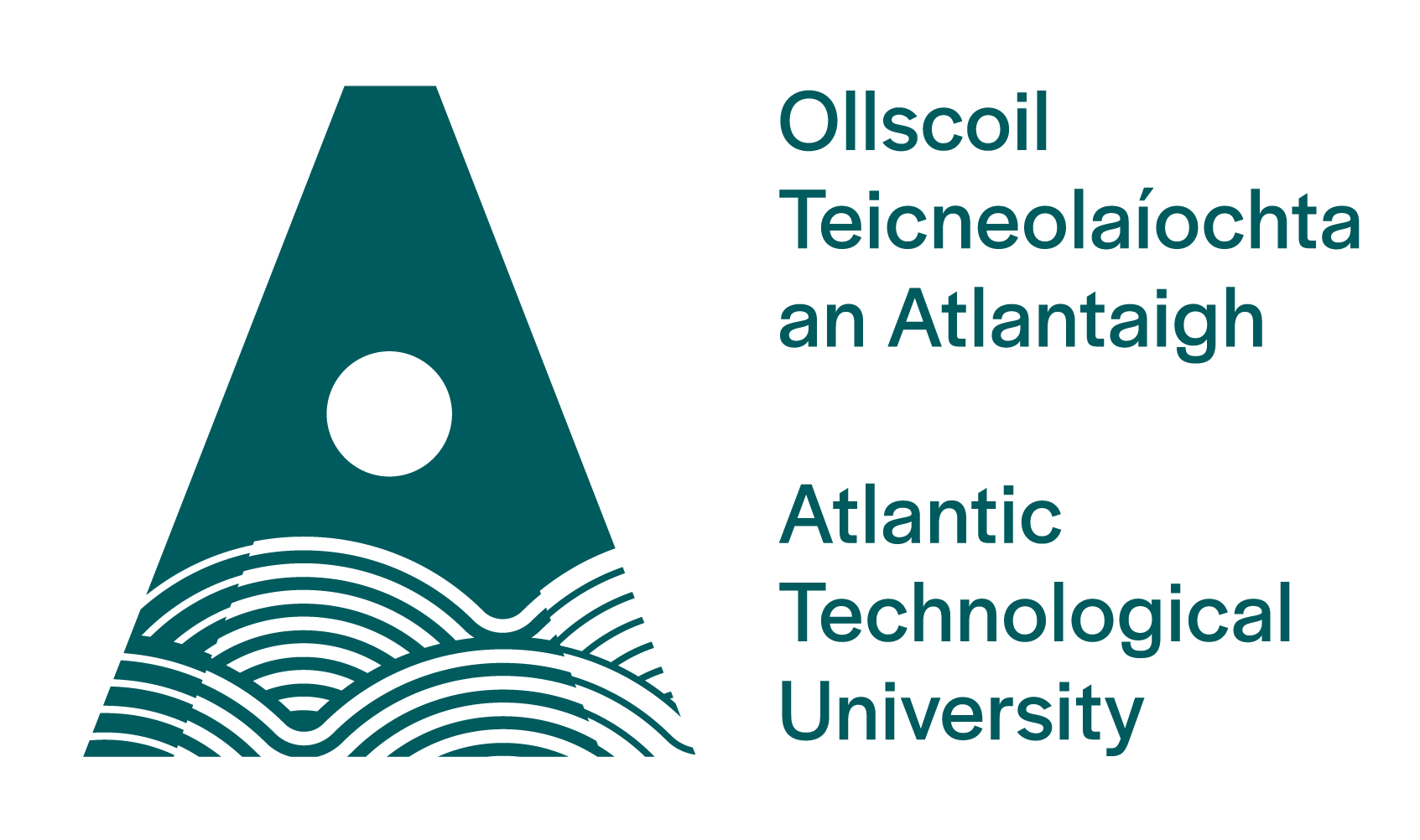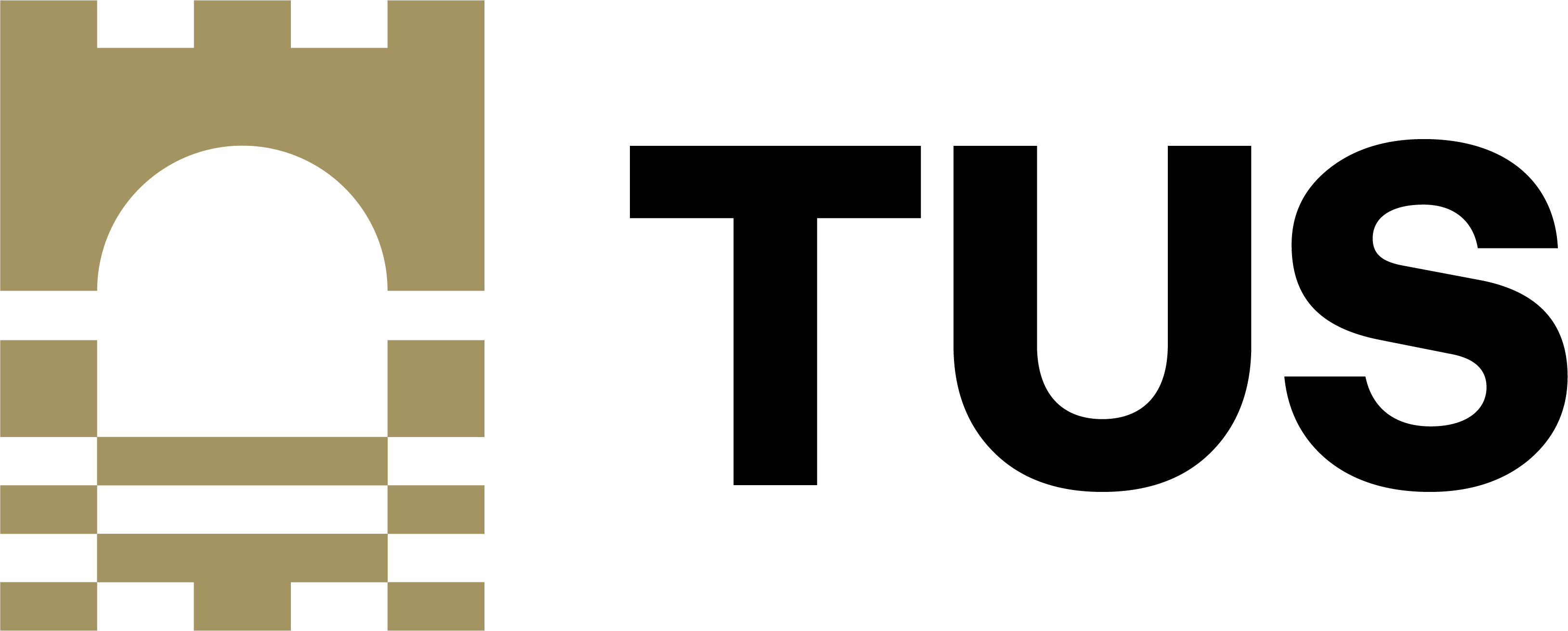Level
Duration
Provider
Mode


Fully accredited by the RIAI, CABE, & CIATThis programme is in collaboration with, and supported by, the above authority.

The Architectural Technologist is a highly skilled technical professional within the construction industry. As contemporary building design evolves, the role of the Architectural Technologist has become central to the construction process. Buildings are constructed within a changing technical environment requiring ever increasing specialisation.
As a student of Architectural Technology you will be encouraged to appreciate the concepts of architectural design and apply technical design principles in the development of a building to meet the project brief, the regulatory requirements for the building and the performance requirements for environmental and energy efficiency. The course has a strong work ethic which encourages students to interact closely and, in so doing, make life-long friends and colleagues.
This programme is accredited by the Royal Institute of the Architects of Ireland (RAI), the Chartered Association of Building Engineers (CABE) and the Chartered Institute of Architectural Technologists (CIAT). Graduates can also gain full Chartered Institute of Building CIOB exemption (eligible for ICIOB)
Places
*This figure represents the combined number of places for Level 7 and 8 students.
Materials Fee
Students will be liable for an additional materials fee of €100 per year for certain full time programmes. This fee is not covered by Granting Authorities. Material Fees are not applicable to either Erasmus, Part-Time or Full time Non-EU students.
The following list includes a selection of modules that you will study during your time on this programme.
The central mechanism to deliver this skill and knowledge is through studio project work to develop the student’s ability to problem-solve. The projects increase in technical complexity as the course progresses through the first three years of the programme, concentrating on newly constructed buildings.
In fourth year the emphasis of the project work shifts to adaptation of existing buildings. This includes research and analysis of the building and proposals for its future adaptation and upgrade. The analysis of the building will be assisted through the use of 2D & 3D modelling and simulation packages to arrive at a sustainable and cost-effective solution.
Students will also be encouraged to apply and test their dissertation research to their project work, creating an integrated and personal approach to the area of sustainable building upgrades.
In recognition of the practical nature of the course, GMIT provides students of Architectural Technology with dedicated studio spaces for each course year equipped with manual and PC drawing facilities, the latest IT software and plotting facilities.









| Cookie | Duration | Description |
|---|---|---|
| cookielawinfo-checbox-analytics | 11 months | This cookie is set by GDPR Cookie Consent plugin. The cookie is used to store the user consent for the cookies in the category "Analytics". |
| cookielawinfo-checbox-functional | 11 months | The cookie is set by GDPR cookie consent to record the user consent for the cookies in the category "Functional". |
| cookielawinfo-checbox-others | 11 months | This cookie is set by GDPR Cookie Consent plugin. The cookie is used to store the user consent for the cookies in the category "Other. |
| cookielawinfo-checkbox-necessary | 11 months | This cookie is set by GDPR Cookie Consent plugin. The cookies is used to store the user consent for the cookies in the category "Necessary". |
| cookielawinfo-checkbox-performance | 11 months | This cookie is set by GDPR Cookie Consent plugin. The cookie is used to store the user consent for the cookies in the category "Performance". |
| viewed_cookie_policy | 11 months | The cookie is set by the GDPR Cookie Consent plugin and is used to store whether or not user has consented to the use of cookies. It does not store any personal data. |